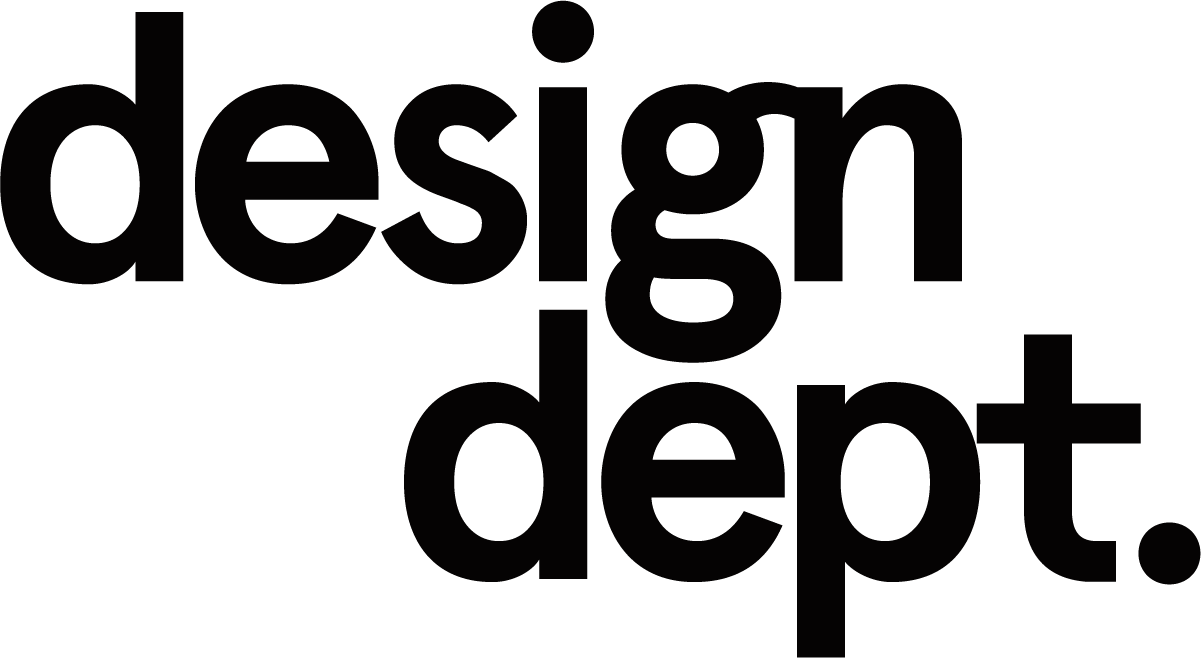Common themes
Design Leadership Profiles
The Design Leadership Profile focuses on the three primary areas of responsibility in design leadership — vision, team and execution — and the critical skills necessary to successfully deliver within each area. Develop your personal profile to inform your own growth and your team’s development.
Ensuring design excellence
High performance design teams focus on solving the right problems with the right guardrails and processes in place to build quality experiences rapidly. In this session, we focus on the fundamentals that ensure design excellence, from setting a vision to instilling quality execution.
Catalyzing performance
Building high performance teams begins with catalyzing individuals to help them reach their potential. Learn how to accelerate your team’s progress and continued growth through connection, real-time feedback, and coaching.
Leading through change
Graceful leadership through change can seem nearly impossible, but it’s an inevitable challenge hyper-growth companies face. Rapid and constant change is challenging for leaders, and often confusing or anxiety-inducing for our teams. Learn to show up authentically as a leader in challenging times and how to build resilience for yourself and your team.
Designing design teams
Successful design teams are structured with intention. Great design leaders adapt industry best practices to architect organizations specific to their company and their needs. Learn how to recruit and grow a team that aligns with your purpose — one that delivers great experiences and helps you excel as a leader.
Cultivating culture
Culture is an observable set of behaviors that rise organically from interactions in a system or organization. While leaders can’t control culture, they do have power to shape the system and its elements. This session focuses on the parts of the system that you can actually design, to create the opportunity for a good culture to emerge.
Building relationships
Being an excellent creative leader isn’t enough to guarantee impact. Shifting your mindset from reactive problem-solving to proactive relationship-building ensures that you effectively manage up, down, and across the organization.
Coaching creatives
As we transition from makers to leaders, it’s natural to lean on our ability to solve problems for our teams. However, one of the most powerful tools a leader can deploy regularly is coaching. Learn how to guide your team to successful outcomes through developing new perspectives, active listening, and championing.

